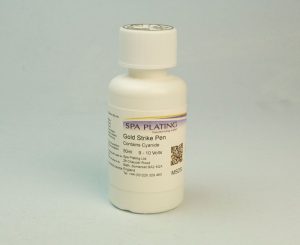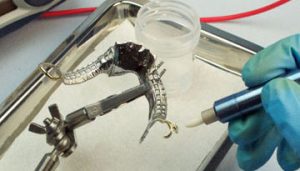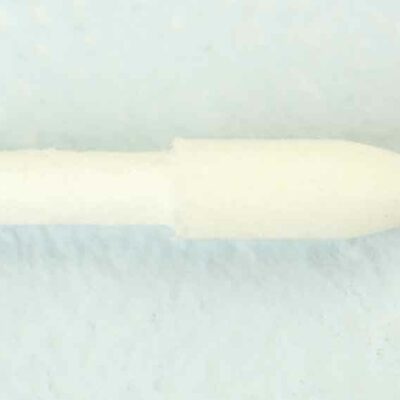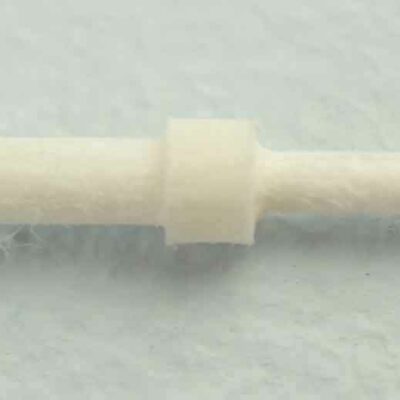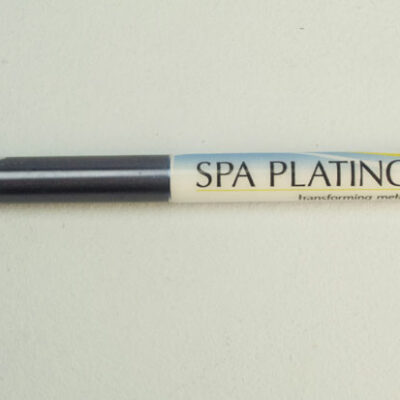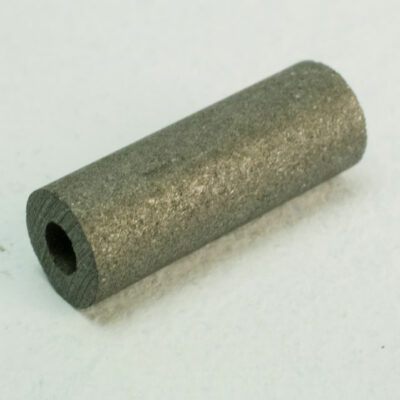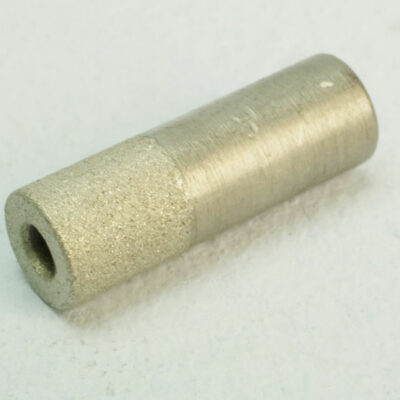You can use our Gold Strike Pen (UK and EU only) to gold plate very adhesive layers on to difficult-to plate metals such as chrome, surgical steel and dental alloys. Gold Strike pen plating solution is especially useful for plating dental prosthetics.
Recommended voltage: 9 – 10 volts
Gold concentration: 20 grams per litre
Fibre nibs strongly recommended
Gold content: 20 grams per litre
HS Code: 3824 99 70
This solution is ideal for dental technicians plating prosthetics and medical technicians plating difficult-to-plate alloys of cobalt, chromium and molybdenum.
Adhearent coatings can also be plated on to chromium, tungsten and electrical alloys such as nichrome.
Some items are regulated for transport and can only be delivered to destinations in the UK and countries within the EU. Alternative or substitute products are detailed in the ‘Description’ tab of this tabbed panel or under Related Items below this tabbed panel.
For all price quotations for deliveries, please add your items to our shopping cart. You will be able to see the shipping costs by clicking on the ‘Calculate shipping’ button in the cart and before checking out.
Please click on the link below to download the SDS for this product:
https://goldn.b-cdn.net/msds/gold_strike_pen.pdf

